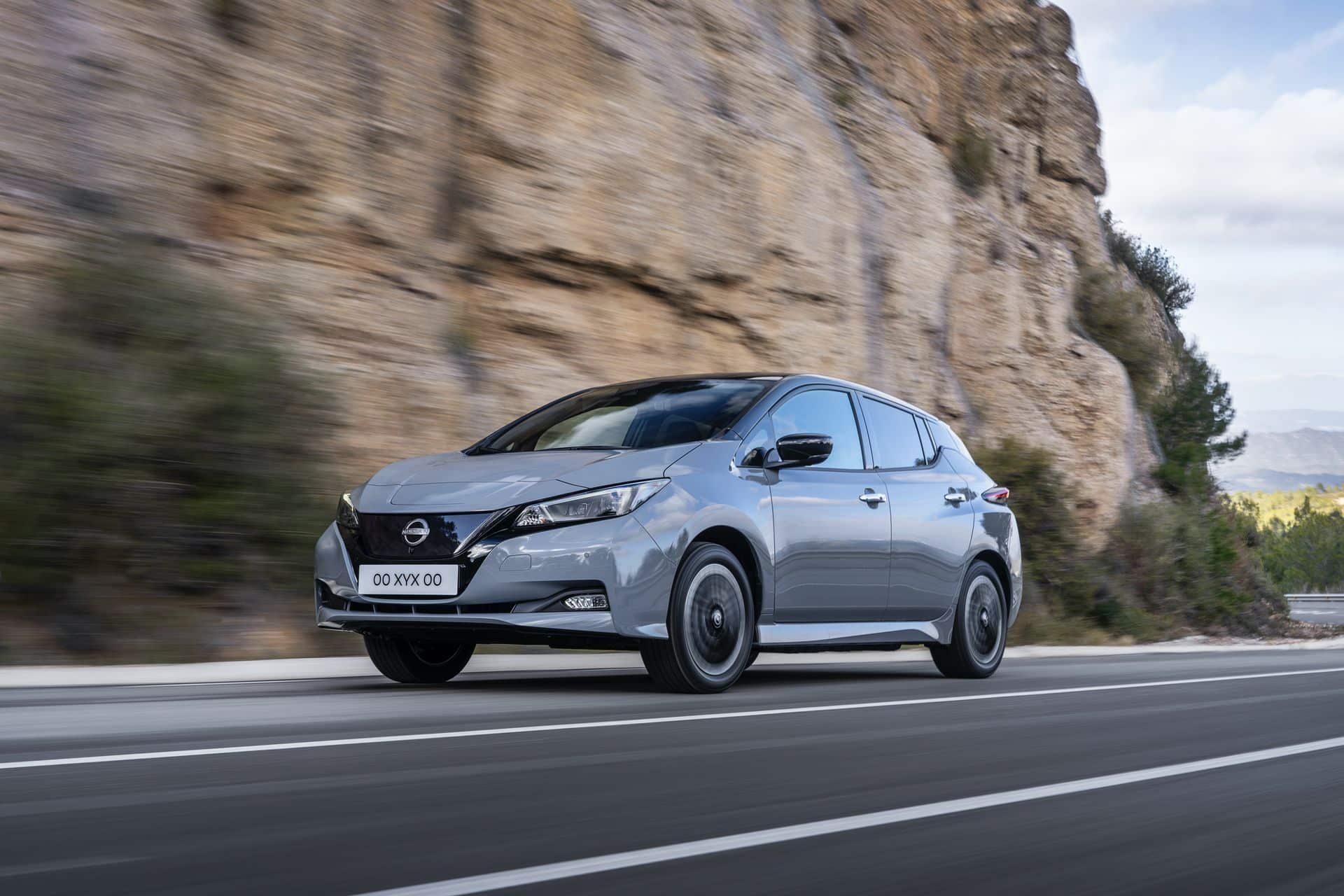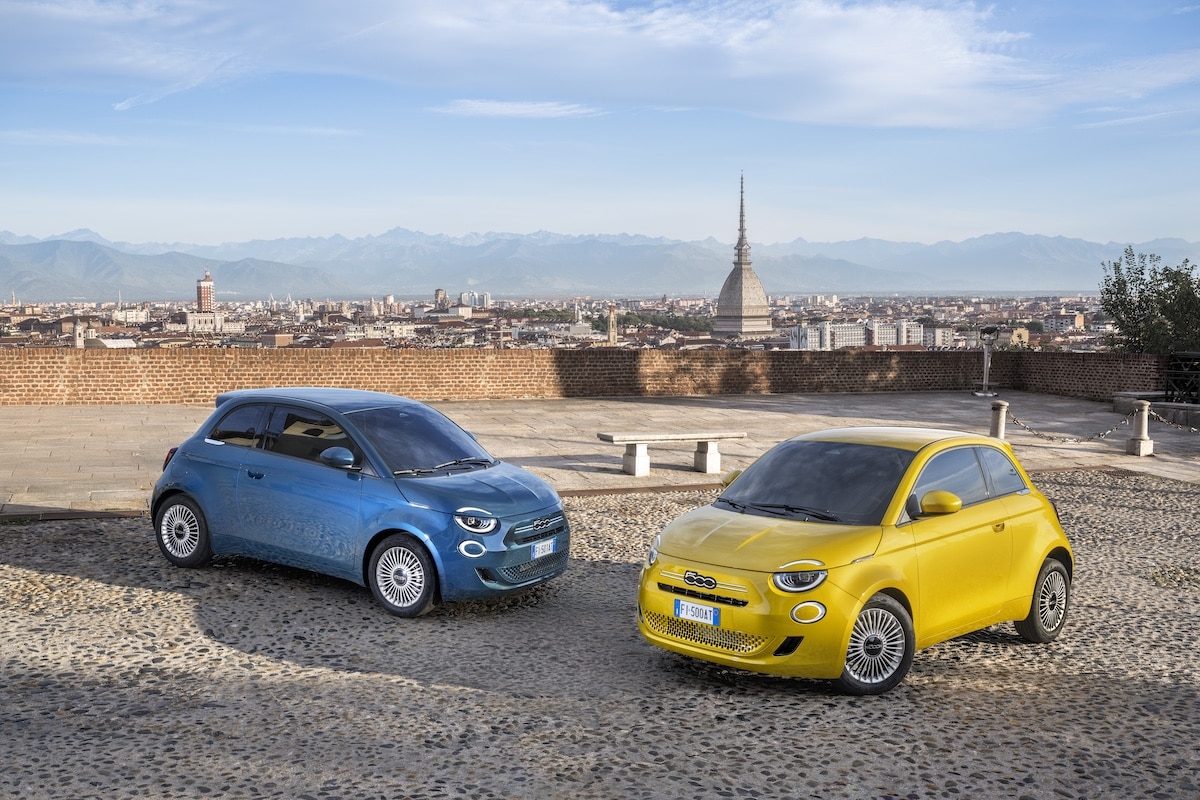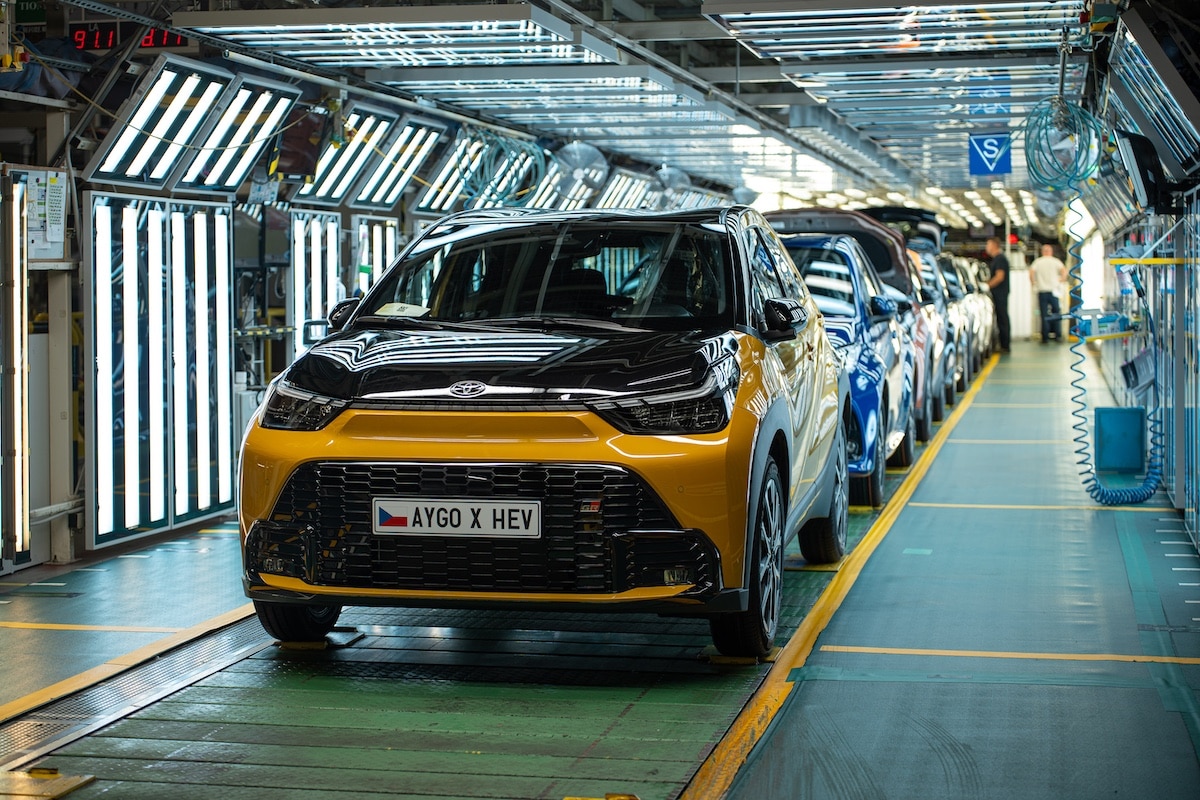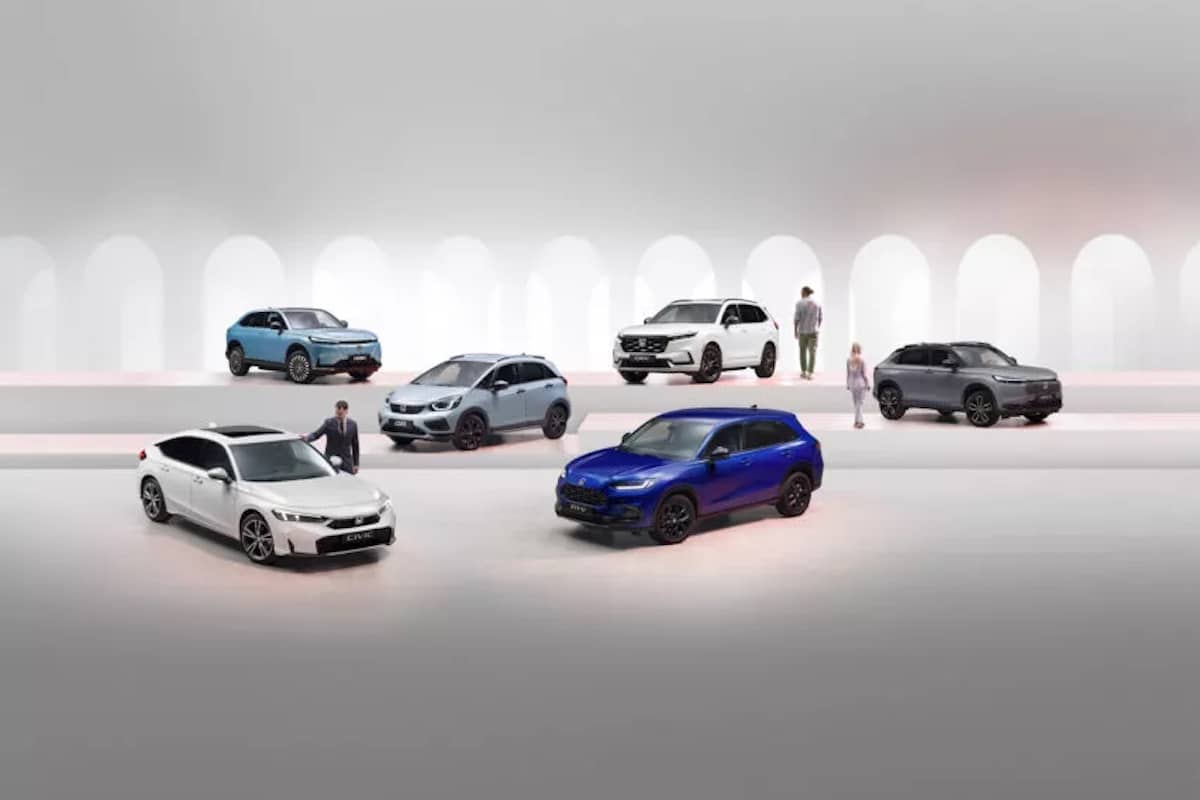Nissan: Hybrid at the Same Price as Petrol?

To electrify its catalog, Nissan is innovating its e-POWER dual motor system and other components, making them more compact and affordable.
The Japanese brand announced today that it will reduce its total production and development costs by 30% by 2026 for models with e-Power technology and its electric models. This could thus lower the purchase price of new hybrid vehicles from the brand, making them comparable to their combustion counterparts.
Japanese automakers have been very quick to transition to electric vehicles, with Mitsubishi releasing its first hybrid i-MiEV model in 2009 and Nissan’s LEAF launched in 2010. This innovative project called “X-in-1” will enable the latter to better utilize its electric technology in order to increase the efficiency of the existing engine.
Nissan e-Power technology: a marriage between internal combustion and electric power
For the series hybrid models Qashqai, X-trail, Ariya, and Juke, Nissan developed an interesting dual-motor system. To drive these models, a gasoline-powered internal combustion engine generates energy, which then powers a converter. This converter supplies energy to the electric motor responsible for wheel drive. Therefore, there is no need to charge the electric motor.
“Thanks to our innovations in electrified powertrains, we will continue to create value for our customers and to offer 100% electric and e-POWER vehicles as broadly as possible.“
Toshihiro Hirai, Vice President and Head of Powertrain and EV Engineering Development
This gives you the full range of a traditional internal combustion vehicle, combined with some innovations of the electric motor. This notably includes instant acceleration due to electric torque and quieter driving. Braking, on the other hand, allows energy recovery, which is immediately harvested, converted, and transferred to the battery powering the electric motor. However, fuel consumption remains similar to that of a classic hybrid car, around 5 to 6 L/100 km.
What innovations are coming with the X-in-1 project?
Several new development axes are part of this project:
- Sharing and modularizing basic components to improve production efficiency and reduce powertrain costs;
- Reducing the size and weight of the vehicle to improve driving capabilities, while also minimizing noise and vibrations;
- Adopting a newly developed engine that reduces the use of heavy rare earth elements to 1% or less of the magnet’s weight.

Thus, the Japanese brand enhances its current driving experience while making a smooth transition to electric technology for more hesitant drivers.
Also read: Renault-Nissan: what future electric vehicles for the Alliance?
This page is translated from the original post "Nissan : l’hybride au même prix que l’essence ?" in French.
We also suggestthese articles:
Also read






